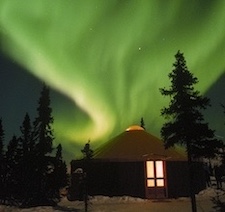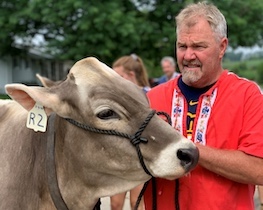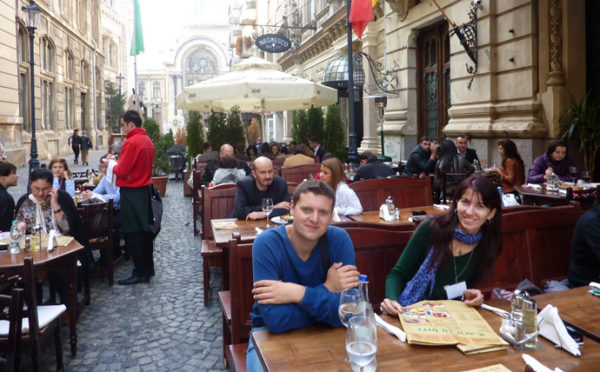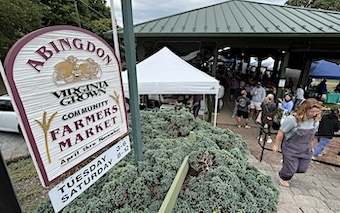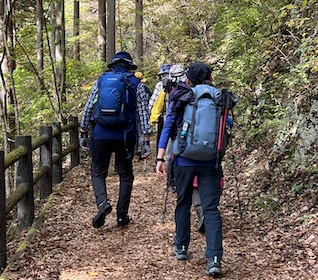GERMANY’S BLACK FOREST HAS MORE THAN CAKE AND CUCKOO CLOCKS
The Black Forest got its name from the Romans, who found the woods so dark and dense that they named it Silva Nigra, a “black forest” that suggested otherworldliness. After serving as Germany’s biggest source of lumber during the Industrial Revolution, the Black Forest’s 2,320 square miles have thinned to a shadow of their former impenetrability. Today, the area is a mix of forested mountains laced with river valleys, vineyards, lush meadows, streams, and towns with ubiquitous flower boxes overflowing with geraniums, says writer Beth Reiber. Measuring just 100 miles long and up to 25 miles wide, the forest is a cathedral for solitude that conveys feelings of contentment and remoteness as shafts of sunlight settle upon fern-lined pathways that spiral down from the summits past vineyards and orchards to medieval villages dating from the mists of time.



